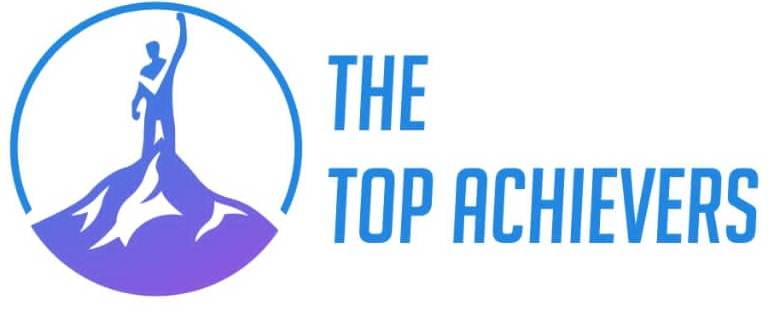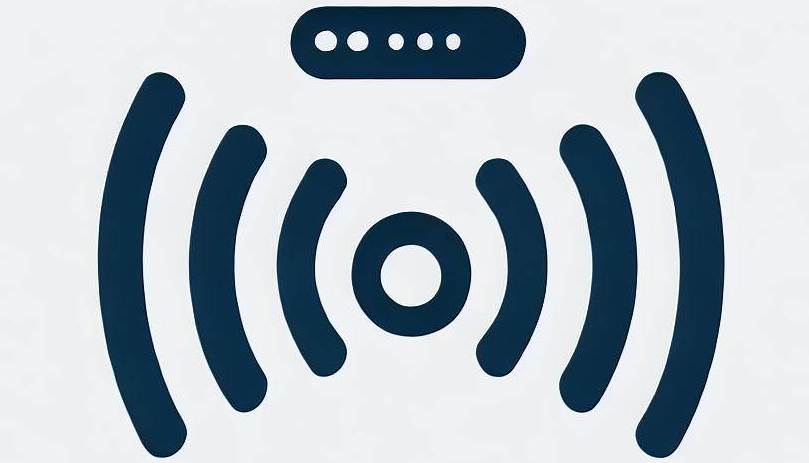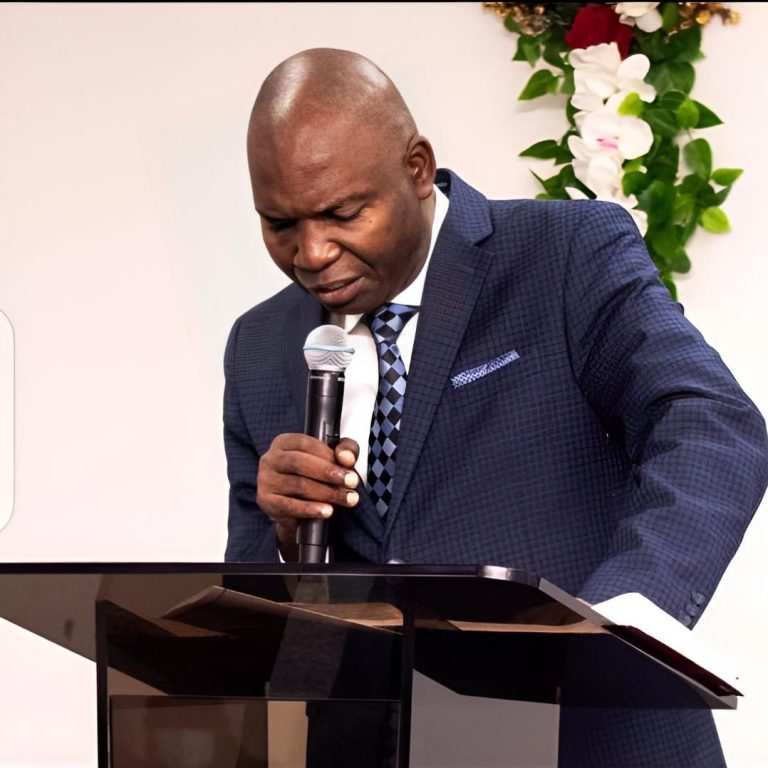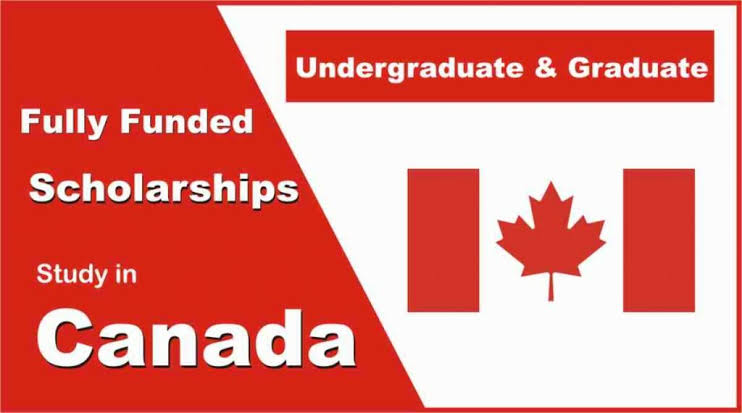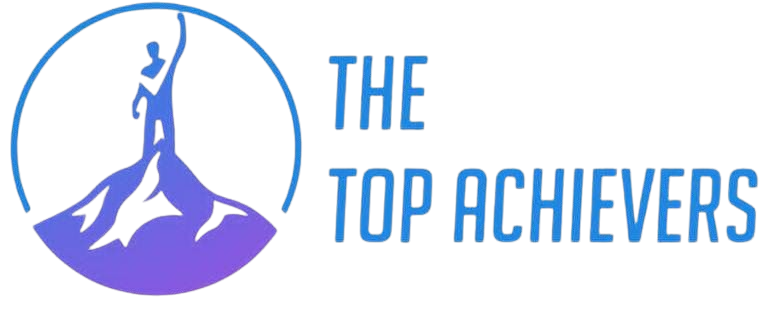
In today’s digital age, the accessibility of explicit content has led to a concerning rise in porn addiction. This addiction can have profound effects on an individual’s physical, mental, and emotional well-being. Recognizing the issue and seeking help is crucial, as attempting to break free from this addiction can lead to a range of withdrawal symptoms. In this article, we’ll explore the symptoms of porn addiction withdrawal and delve into strategies to manage them effectively.

Understanding Porn Addiction
Porn addiction, also known as compulsive sexual behavior disorder, is characterized by the obsessive consumption of explicit sexual content, often leading to negative consequences in various aspects of life. Individuals addicted to pornography may struggle to control their consumption, leading to excessive viewing that can interfere with relationships, work, and daily responsibilities. Withdrawal symptoms can manifest when attempting to reduce or quit porn consumption, as the brain and body adapt to the absence of the stimulus.
Symptoms of Porn Addiction Withdrawal
- Cravings: Just like substance addiction, individuals experiencing porn addiction withdrawal often face intense cravings for explicit content. The brain becomes accustomed to the dopamine rush associated with pornography, leading to strong desires to engage in the behavior.
- Irritability and Mood Swings: The sudden cessation of constant dopamine release can result in irritability, mood swings, and even feelings of depression. The brain’s reward system is disrupted, causing emotional instability.
- Anxiety: Withdrawal from any addictive behavior can trigger anxiety as the brain struggles to cope with the absence of the stimuli it has become reliant on. This can lead to restlessness, nervousness, and even panic attacks.
- Insomnia: Disruptions in sleep patterns are common during withdrawal. The mind may race with cravings or anxieties, making it difficult to fall asleep or stay asleep throughout the night.
- Difficulty Concentrating: Porn addiction can impair cognitive function, and when withdrawal sets in, individuals may find it challenging to focus on tasks, make decisions, or think clearly.
- Physical Symptoms: Some individuals may experience physical symptoms such as headaches, increased heart rate, sweating, and gastrointestinal distress during withdrawal.
Managing Porn Addiction Withdrawal
- Seek Professional Help: Consulting a mental health professional or therapist with experience in addiction can provide guidance and a structured approach to managing withdrawal symptoms.
- Create a Supportive Environment: Enlist the support of friends, family, or support groups. Talking openly about your struggle can help alleviate feelings of isolation and provide accountability.
- Engage in Healthy Activities: Replace the time spent on porn consumption with constructive activities. Regular exercise, hobbies, and social interactions can help occupy your mind and provide a sense of accomplishment.
- Practice Mindfulness and Meditation: Mindfulness techniques can aid in managing cravings and anxiety. Meditation helps individuals become more aware of their thoughts and emotions, allowing them to better control impulses.
- Set Realistic Goals: Gradually reduce porn consumption rather than attempting to quit cold turkey. Setting achievable goals can make the withdrawal process more manageable.
- Educate Yourself: Learn about the effects of pornography on the brain and its potential consequences. Understanding the science behind addiction can motivate change.
- Limit Digital Exposure: Minimize exposure to triggers by using website blockers, content filters, and reducing screen time. Create a safer digital environment that supports your recovery.

Final Thoughts
Breaking free from porn addiction is a challenging journey that requires determination, support, and patience. Withdrawal symptoms can be uncomfortable, but they are temporary and can be managed effectively through a combination of professional guidance, healthy lifestyle changes, and emotional support. Remember that seeking help is a sign of strength, and overcoming addiction is a step towards reclaiming a healthier, more fulfilling life.
